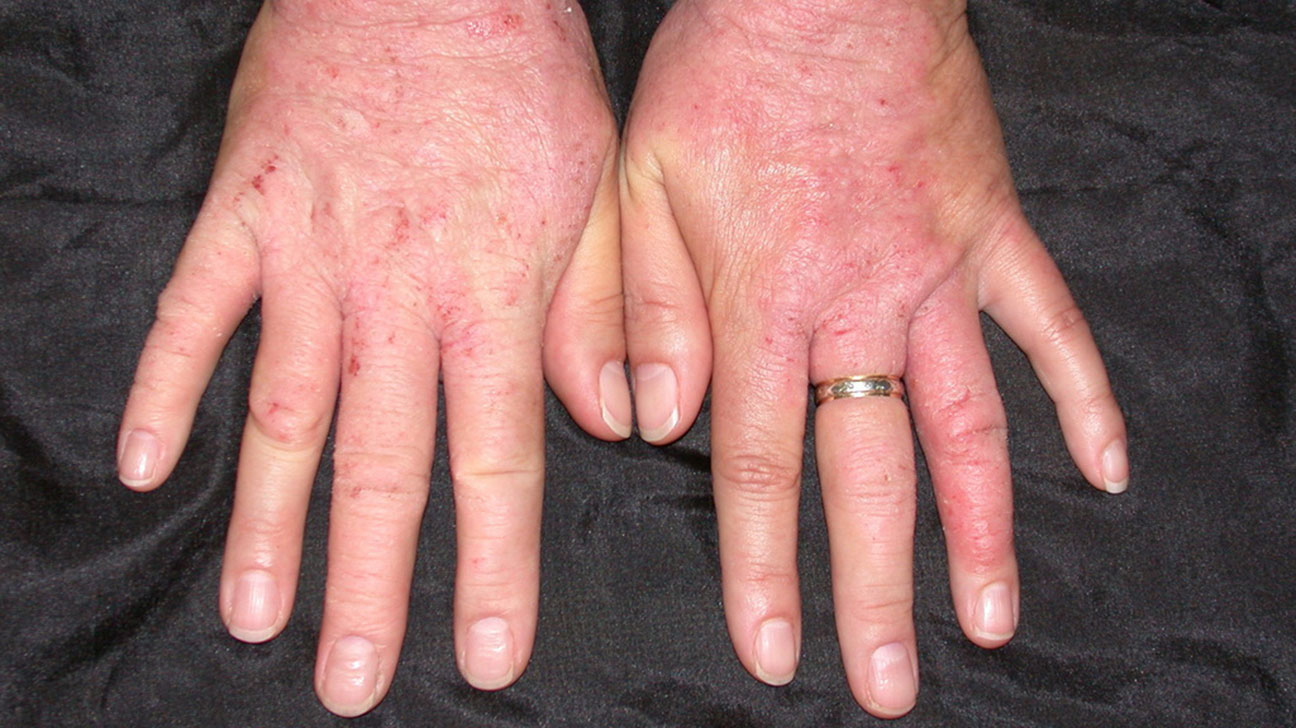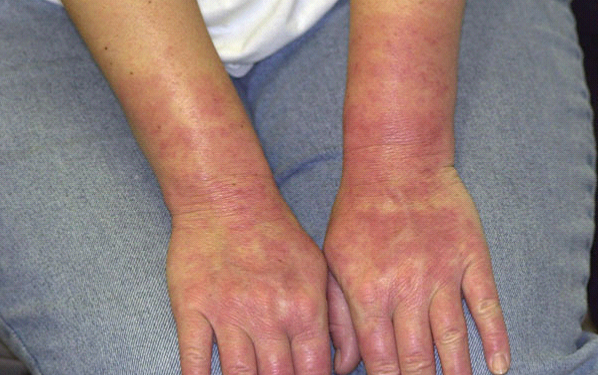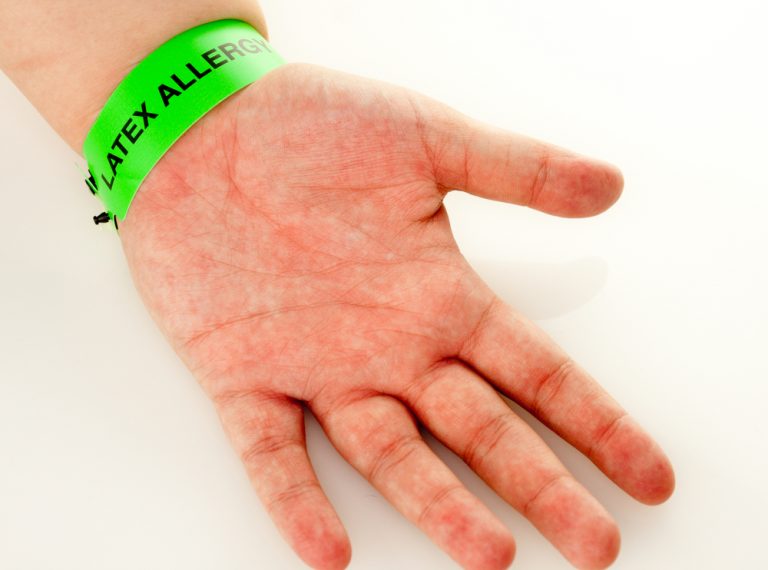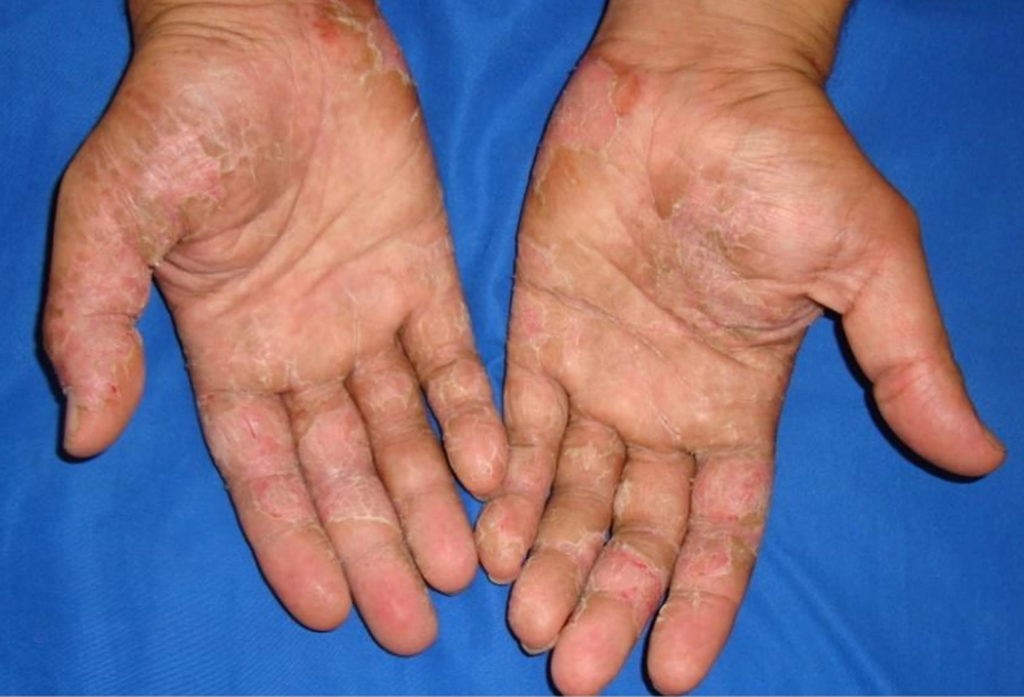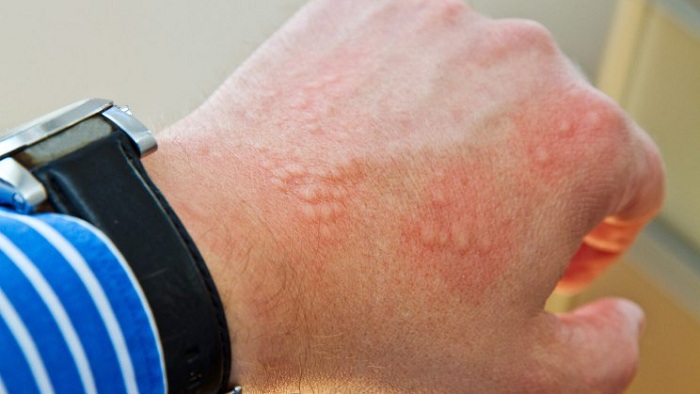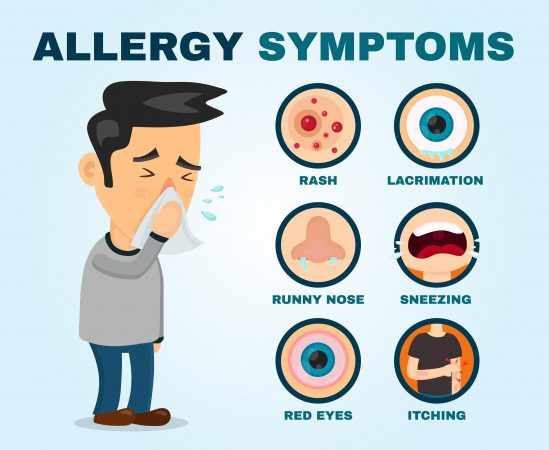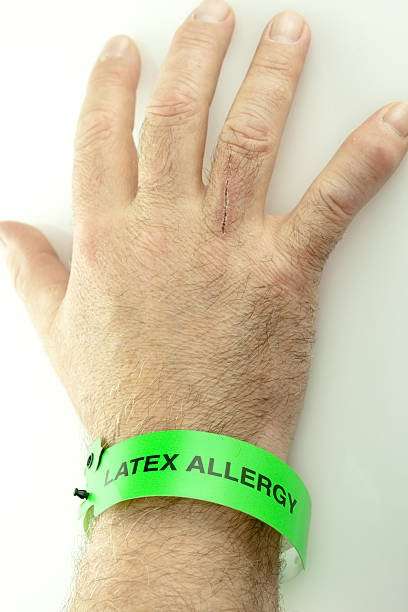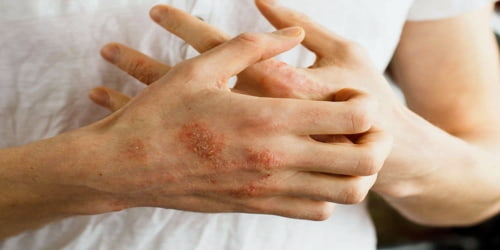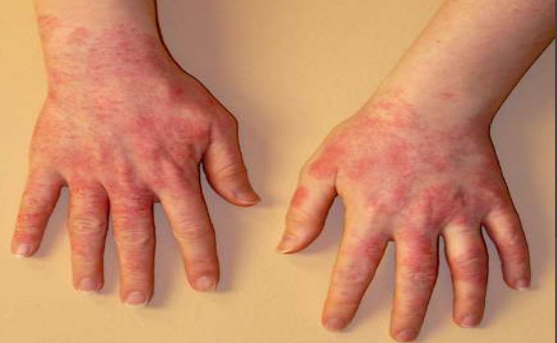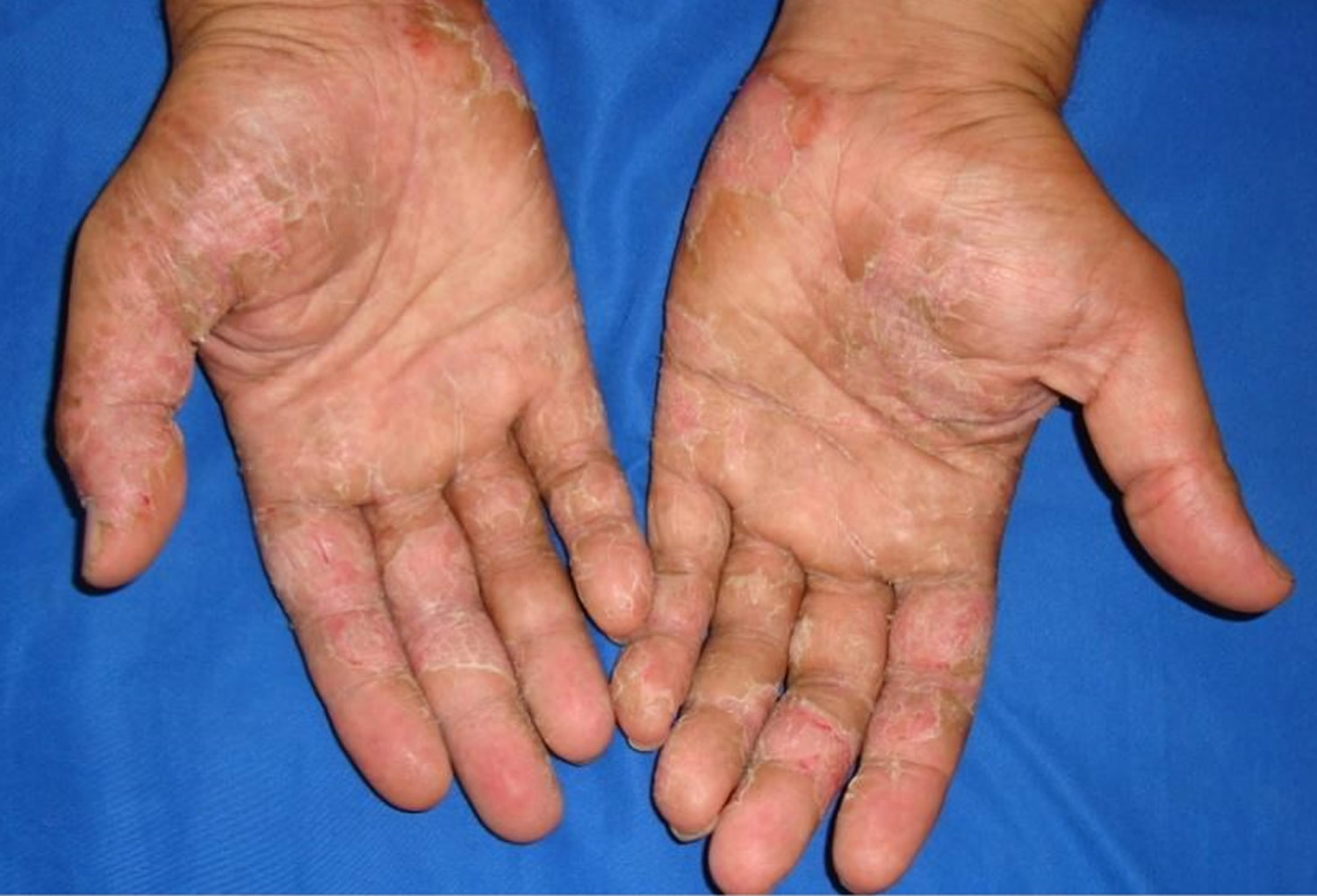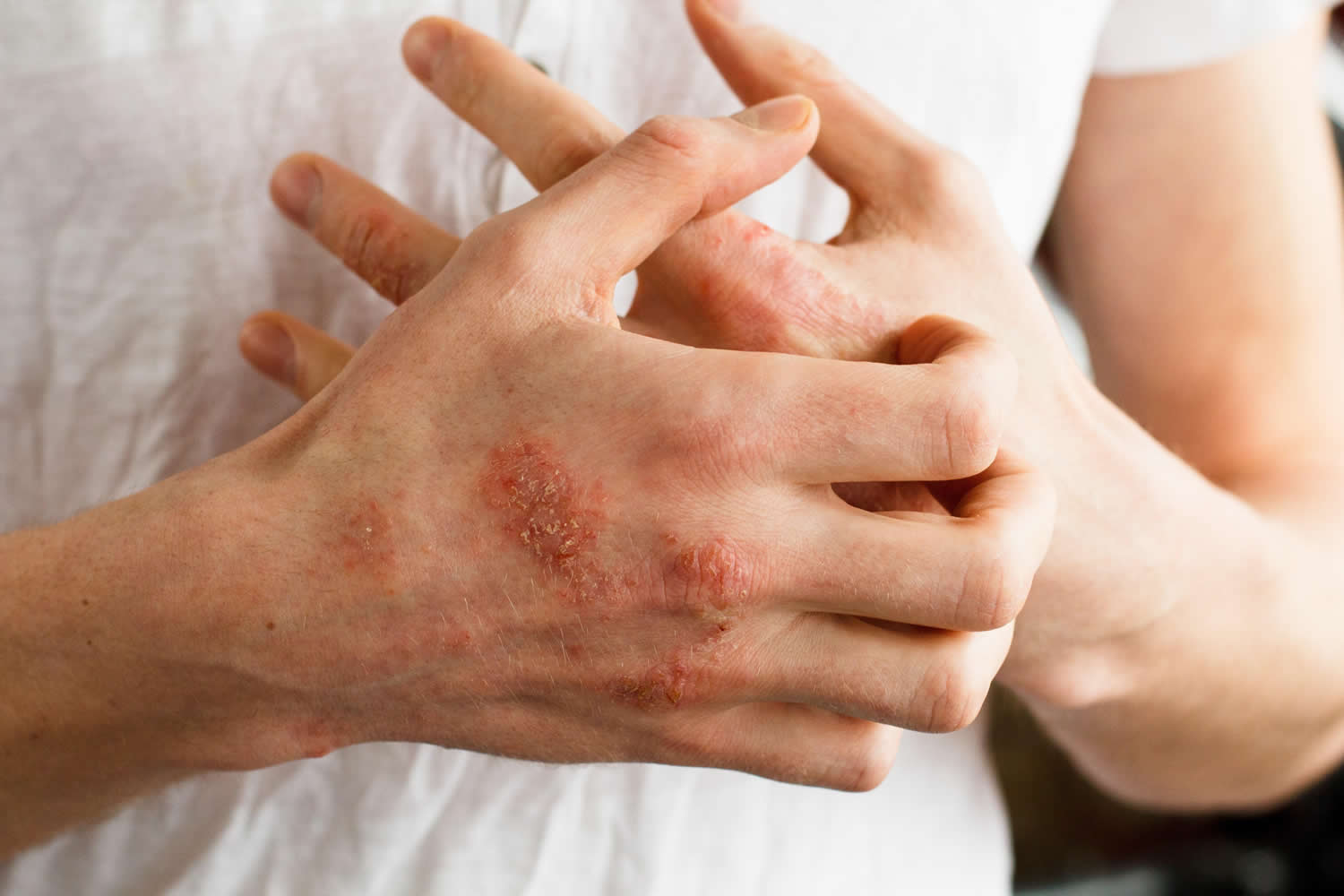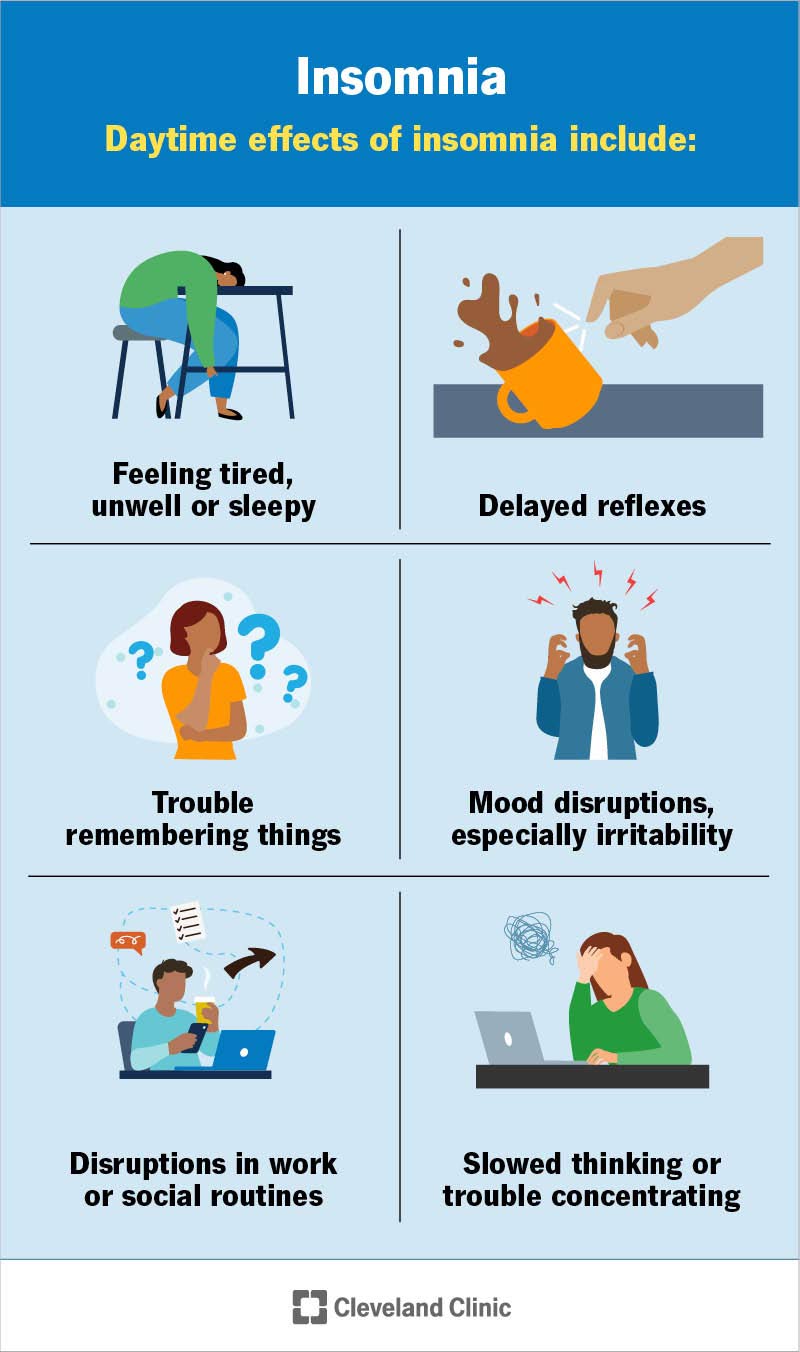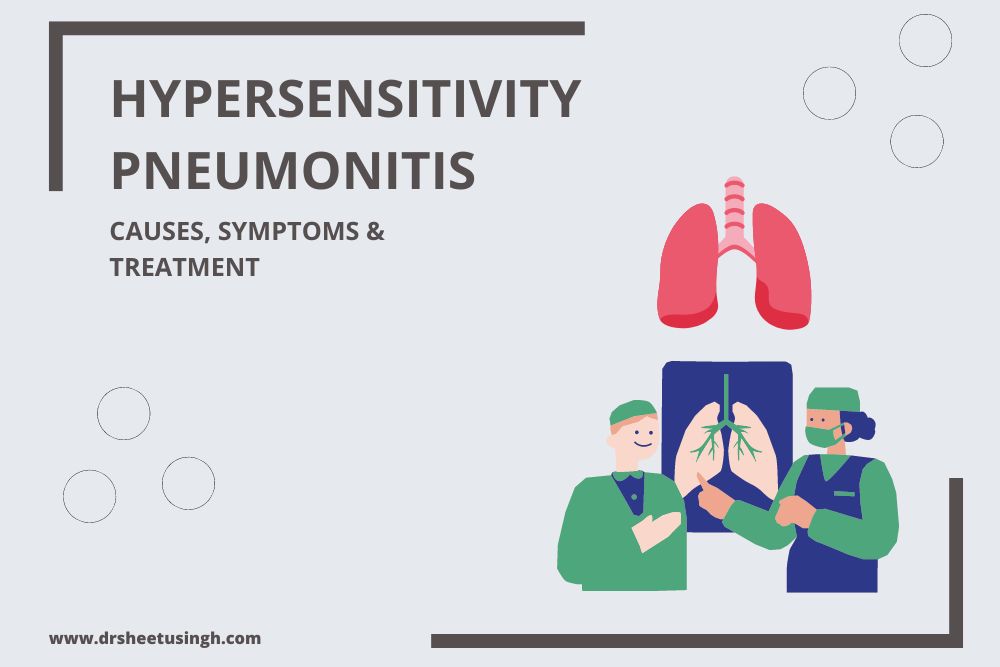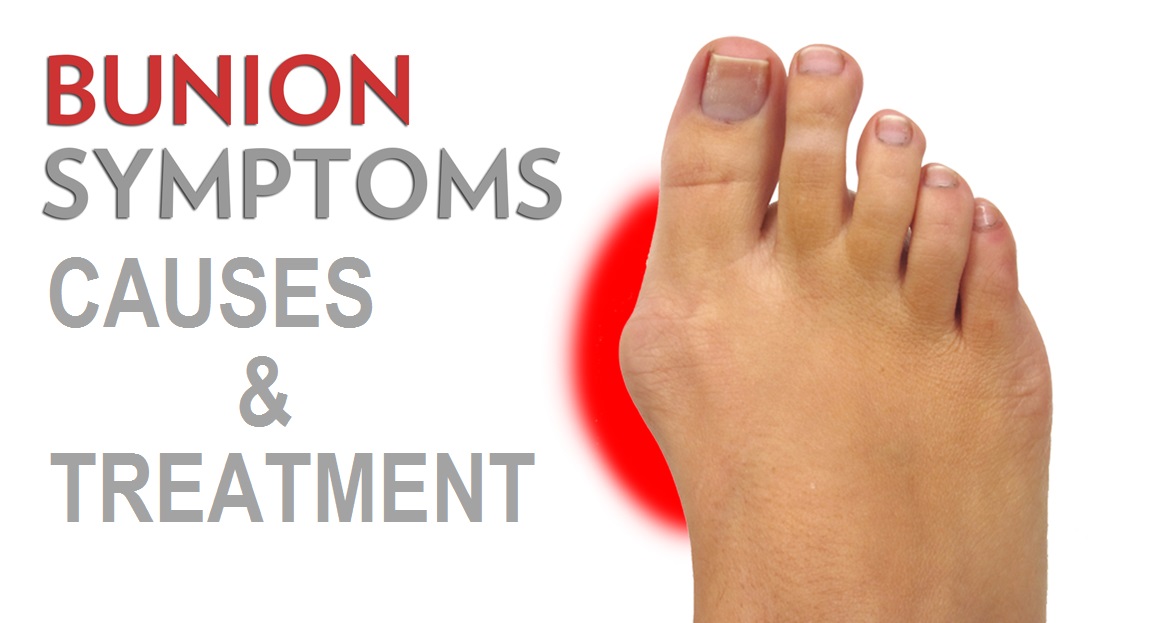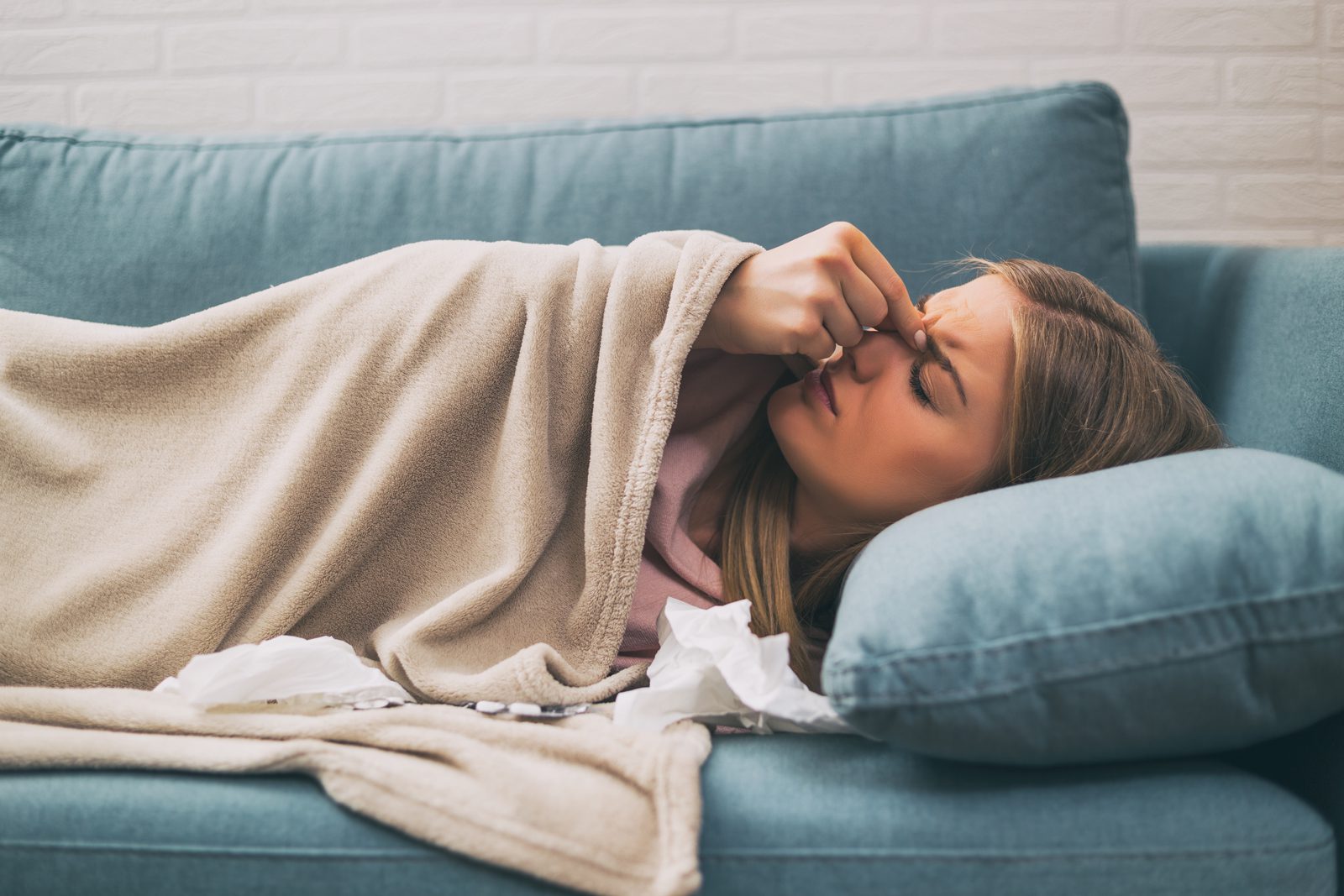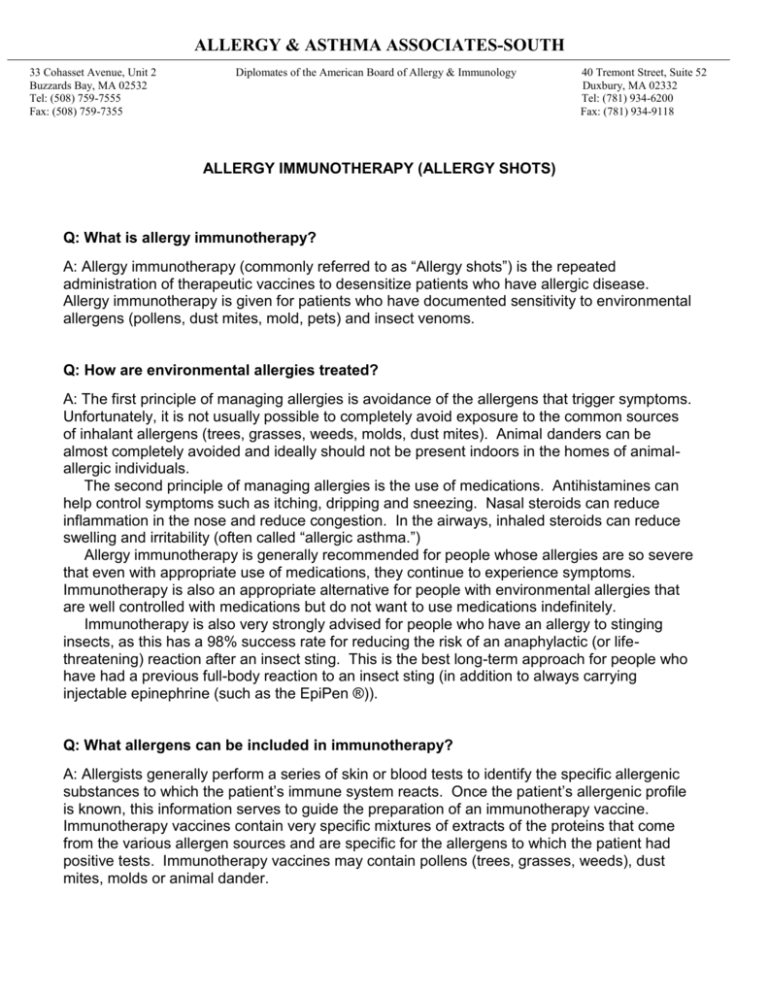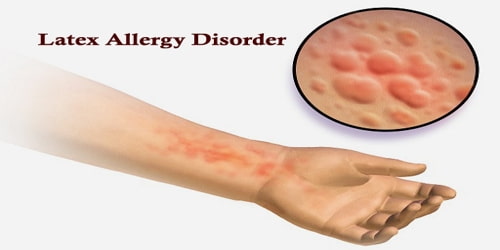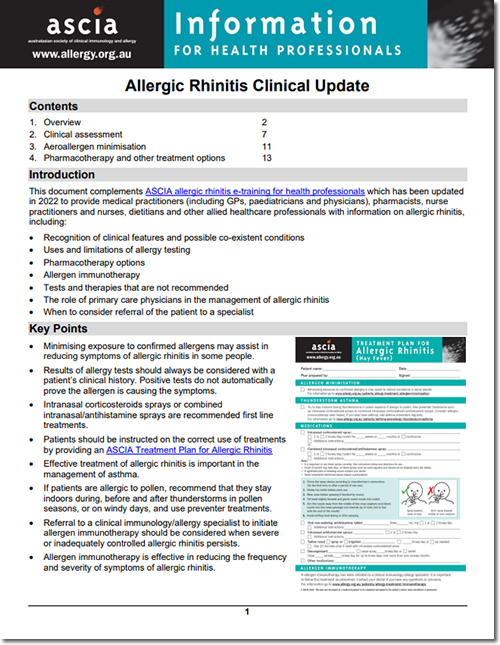1. Understanding Latex Allergy
Latex mattresses are becoming increasingly popular due to their comfort and durability. However, there is a small percentage of the population that is allergic to latex, causing a range of symptoms that can affect their daily lives. In this article, we will explore the top 10 main causes, symptoms, and treatment options for latex allergy.
2. What is Latex Allergy?
Latex allergy is a reaction to the proteins found in natural rubber latex. This type of allergy is categorized as a type 1 hypersensitivity reaction, where the body's immune system overreacts to a harmless substance. It is estimated that 1-6% of the general population has a latex allergy, with a higher prevalence among healthcare workers and individuals with spina bifida.
3. Symptoms of Latex Allergy
The symptoms of latex allergy can range from mild to severe. The most common symptoms include skin irritation, hives, and itching. In more severe cases, individuals may experience difficulty breathing, chest tightness, and even anaphylaxis. These symptoms typically appear within minutes of exposure to latex.
4. Causes of Latex Allergy
The primary cause of latex allergy is repeated exposure to latex products. People who are at a higher risk of developing this allergy include those with a history of other allergies, individuals with a family history of latex allergy, and people who have undergone multiple medical procedures involving latex products.
5. Diagnosis of Latex Allergy
If you suspect that you may have a latex allergy, it is essential to seek medical advice for a proper diagnosis. Your doctor may perform a skin prick test or a blood test to determine if you have an allergy to latex. It is crucial to inform your doctor of any relevant medical history, including previous reactions to latex products.
6. Treatment for Latex Allergy
Unfortunately, there is no cure for latex allergy. The best way to manage this allergy is to avoid exposure to latex products. If you have a severe allergy, your doctor may prescribe an epinephrine auto-injector to use in case of anaphylaxis. It is also essential to carry a medical alert bracelet or card to inform others of your allergy in case of an emergency.
7. Alternatives to Latex Mattresses
If you have a latex allergy, you may be wondering if you can still enjoy the benefits of a latex mattress. The good news is that there are plenty of alternatives available, such as memory foam, organic cotton, or wool mattresses. These options provide similar comfort and support without the risk of triggering an allergic reaction.
8. Managing Latex Allergy in the Workplace
For individuals with a latex allergy, the workplace can be a common source of exposure to latex products. It is essential to inform your employer and coworkers of your allergy and request that latex gloves and other products are not used in your vicinity. It may also be necessary to have a designated area free from latex products.
9. Education and Awareness
One of the best ways to prevent and manage latex allergy is through education and awareness. It is crucial for individuals to be knowledgeable about the signs and symptoms of this allergy and for healthcare professionals to be aware of the risks and alternatives for patients with a latex allergy.
10. Conclusion
In conclusion, latex allergy is a common condition affecting a small percentage of the population. If you suspect that you have a latex allergy, it is essential to seek medical advice for a proper diagnosis and to take necessary precautions to avoid exposure to latex products. With proper management and awareness, individuals with a latex allergy can still enjoy a comfortable and healthy life.
Are People Allergic to Latex Mattresses?
The Rise in the Popularity of Latex Mattresses
 In recent years, there has been a growing trend towards using
latex mattresses
for bedroom design. These mattresses, made from the sap of rubber trees, are known for their durability, comfort, and eco-friendliness. They have become a popular choice for many people looking for a more natural and sustainable bedding option. However, with the rise in the use of latex mattresses, concerns about
latex allergies
have also emerged.
In recent years, there has been a growing trend towards using
latex mattresses
for bedroom design. These mattresses, made from the sap of rubber trees, are known for their durability, comfort, and eco-friendliness. They have become a popular choice for many people looking for a more natural and sustainable bedding option. However, with the rise in the use of latex mattresses, concerns about
latex allergies
have also emerged.
Understanding Latex Allergies
 Latex allergies are caused by an allergic reaction to the proteins found in natural rubber latex. These proteins can be found in various products, including latex gloves, balloons, and mattresses.
Symptoms of a latex allergy
can range from mild skin irritation to more severe reactions such as difficulty breathing and anaphylaxis. While not everyone is allergic to latex, those who are can experience discomfort and even serious health risks if exposed to it.
Latex allergies are caused by an allergic reaction to the proteins found in natural rubber latex. These proteins can be found in various products, including latex gloves, balloons, and mattresses.
Symptoms of a latex allergy
can range from mild skin irritation to more severe reactions such as difficulty breathing and anaphylaxis. While not everyone is allergic to latex, those who are can experience discomfort and even serious health risks if exposed to it.
Are Latex Mattresses Safe for People with Latex Allergies?
 One of the main concerns surrounding latex mattresses is whether or not they are safe for people with latex allergies. The good news is that most
latex mattresses
on the market today are made with a synthetic latex, which does not contain the proteins that can trigger an allergic reaction. This means that for the majority of people with latex allergies, these mattresses are a safe and suitable option.
One of the main concerns surrounding latex mattresses is whether or not they are safe for people with latex allergies. The good news is that most
latex mattresses
on the market today are made with a synthetic latex, which does not contain the proteins that can trigger an allergic reaction. This means that for the majority of people with latex allergies, these mattresses are a safe and suitable option.
Precautions to Take
 While synthetic latex mattresses are generally safe for those with latex allergies, it is always important to exercise caution. If you are allergy-prone, it is recommended to
test the mattress
before purchasing it. This can be done by requesting a sample of the latex material and placing it on your skin for a short period of time to see if any reaction occurs. It is also important to properly clean and maintain the mattress to prevent any build-up of dust or allergens.
While synthetic latex mattresses are generally safe for those with latex allergies, it is always important to exercise caution. If you are allergy-prone, it is recommended to
test the mattress
before purchasing it. This can be done by requesting a sample of the latex material and placing it on your skin for a short period of time to see if any reaction occurs. It is also important to properly clean and maintain the mattress to prevent any build-up of dust or allergens.



